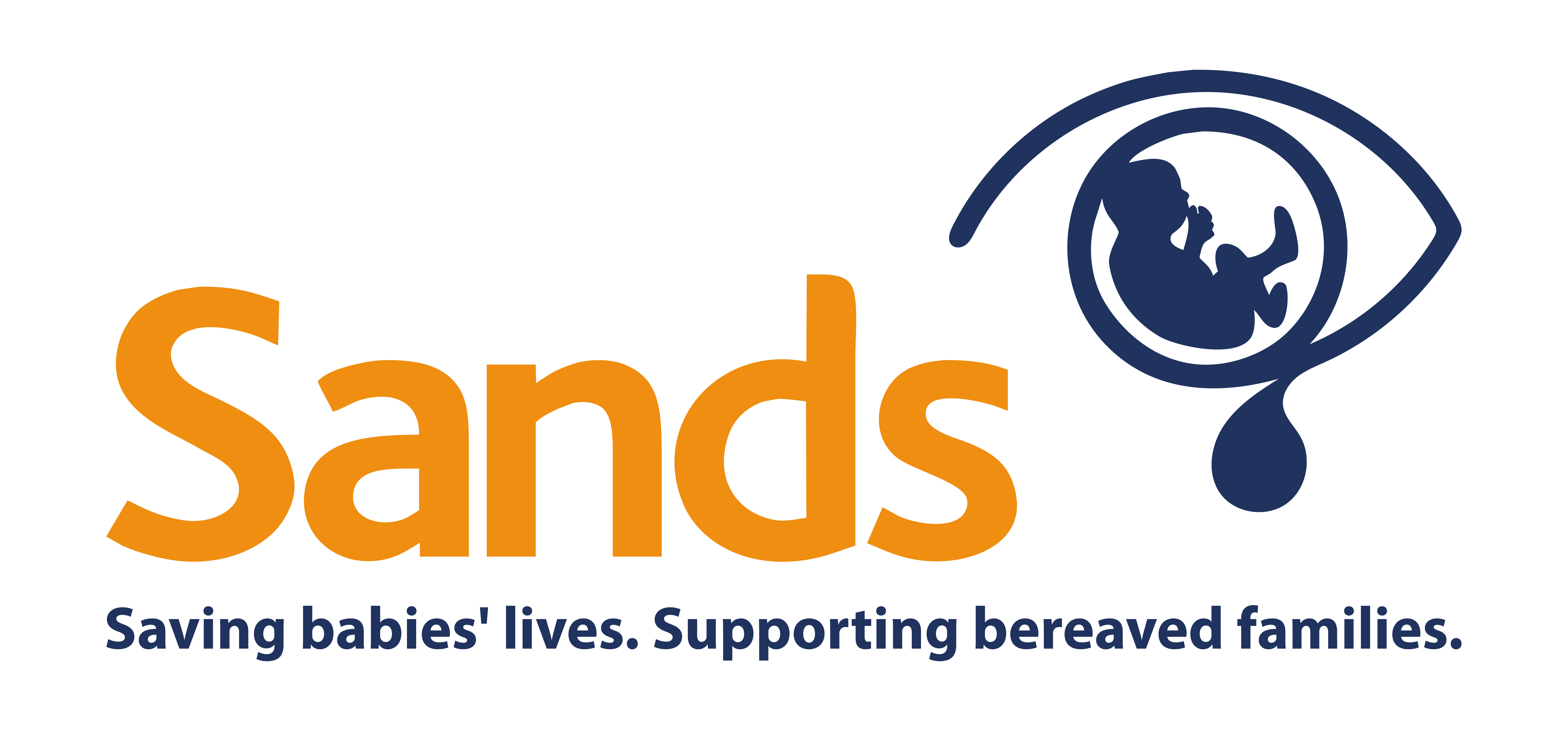MBRRACE-UK has published its 6th annual report that revealed a continued reduction in perinatal deaths across all four UK nations.
We believe this is a result of a range of national initiatives to address safety in maternity and neonatal care – but it also highlights the fact that the UK is not on track to meet its own reduction targets.
Although there were 670 fewer baby deaths across the UK in 2018 than 2013 it is clear more work is needed to turn the Government target of halving stillbirth and neonatal death rates by 2025 from an ambition into a reality.
Neonatal deaths are falling more slowly than stillbirths, with late stillbirths seeing the highest reduction; this highlights the need to focus on preventing pre-term birth.
In light of these stark statistics, the MBRRACE-UK report authors have called for urgent action and significant investment to help care providers identify and support mothers at risk of losing babies.
Amid the challenges of 2020, we mustn’t lose sight of the ambition to act to reduce baby deaths; bereaved parents and families expect no less. We endorse the report’s recommendation to use this MBRRACE real-time data monitoring tool to support the delivery of safer care.
Getting data to the national audit programme without delays is essential to understand, in the here and now, which deaths are occurring and why. It’s disappointing that a third of baby deaths (around 1,200) in 2018 weren’t notified to MBRRACE within the 30-day benchmark.
Without timely notification, the potential to respond rapidly to emerging issues is lost – and a review with the Perinatal Mortality Review Tool, which will provide answers for parents about why their baby died, can’t be started.
- Clea Harmer, Chief Executive, Sands
Stillbirth rates for Black and Black British babies are more than double those of White babies, and neonatal death rates are 45% higher. Similarly, stillbirth and neonatal death rates for Asian and Asian British babies are both around 60% higher.
This is an unacceptable inequality, which suggest that national safety initiatives aren’t reaching some of the mothers who need them most.
The report also continues to show the connection between risk and poverty, with mothers living in the most deprived parts of the UK facing 80% higher risk of their baby dying than in the least deprived areas.
Neonatal death rates vary even more across the country than stillbirth rates, which raises questions about inequalities in the care that mothers and babies receive depending on where they live.
